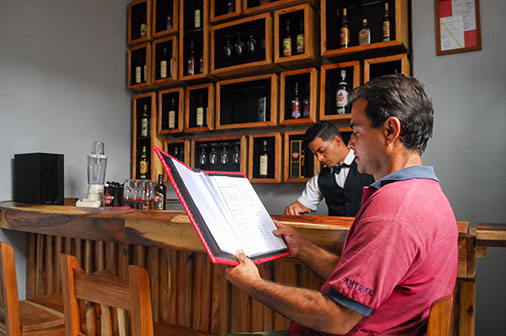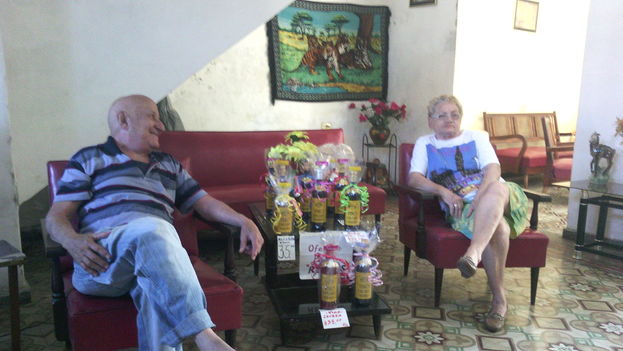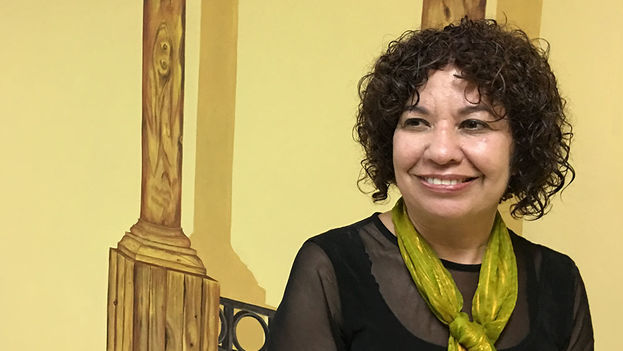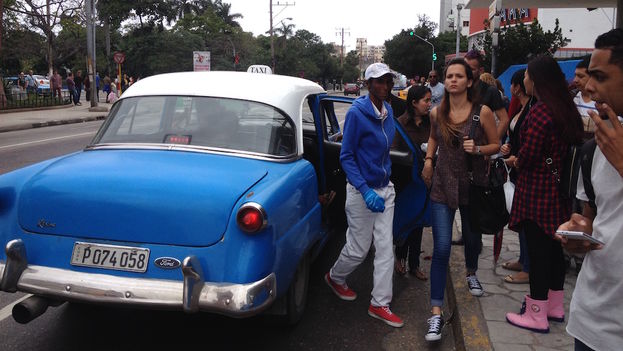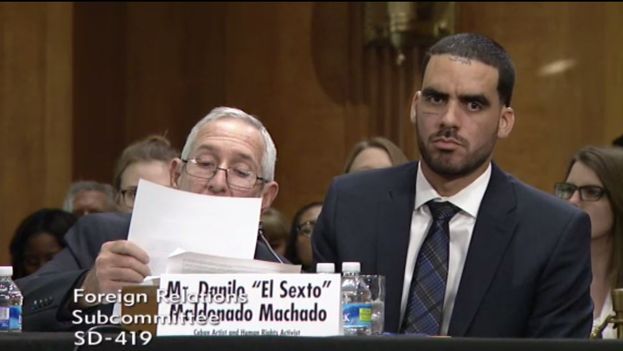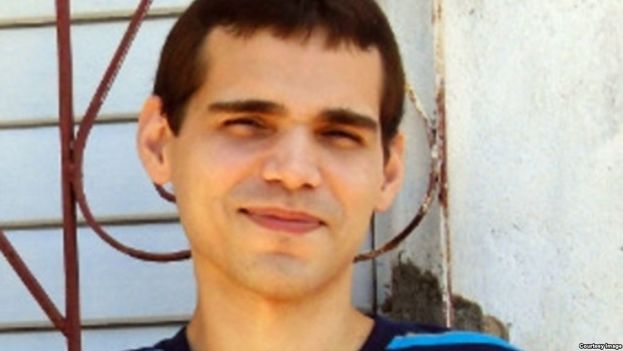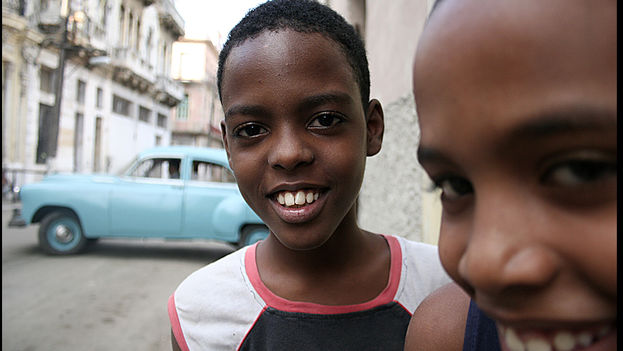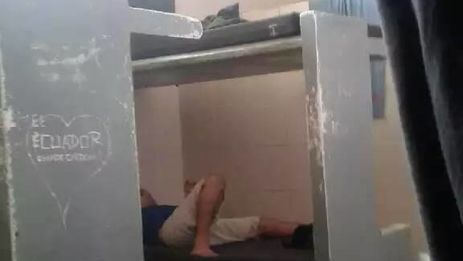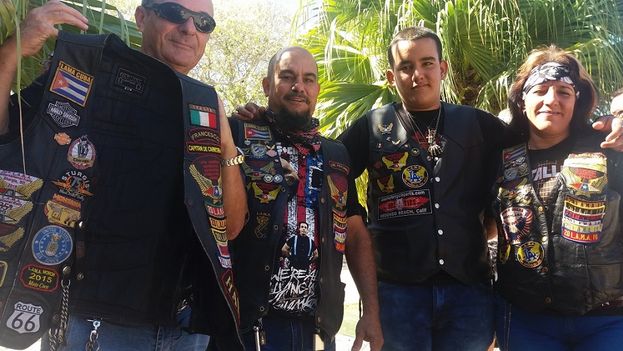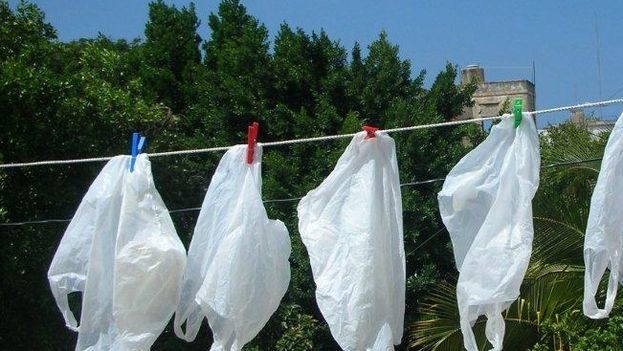Eugenia and Guillermo, retirees from the transport sector, are trying to make up for lost time after decades of being unable to enjoy the tourist facilities of their own country. With the remittances sent by their son who emigrated and the profits on a house that they sold a few months ago, they decided to enjoy the natural beauties of the Island and its multiple hotels. continue reading
Nevertheless, the so-called smokestack-free industry is experiencing tense times caused by the increase in the number of foreign visitors. At the end of last year, the country reported a record of more than 4 million tourists, good news for the national coffers but which does not, however, represent a better situation for local customers.
“The all-inclusive was actually rationed. The initial times when you could eat and drink whatever you wanted are now just a memory”
Cuba has more than 65,000 hotel rooms and some 17,000 private houses that provide lodging. The tourist boom of recent years tests that infrastructure and the complaints accumulate, especially with regards to the facilities managed by the state or by joint ventures.
Eugenia and Guillermo were among the first customers to purchase an all-inclusive package back in 2008 to spend a weekend in a four-star hotel near the city of Holguin. They recall the experience as excellent. “It was like living a dream and enjoying what, before, only foreigners could have,” recalls Guillermo.
However, with the passage of time that initial joy was transformed into discomfort. “The prices have gone up and the quality of the facilities has decreased a lot,” comments the retiree. At the end of last year they booked four nights in Pasacaballo, a hotel in Cienfuegos from which they say they left “horrified.”
“The all-inclusive was actually rationed,” says the wife. “The initial times when you could eat and drink whatever you wanted are now just a memory.” Despite having paid for an “open bar,” the Cuban guests found themselves with their food and drink rationed.
For the retirees, that regulation of consumption reminded them of “the ration market bodegas,” they say. “We wanted to escape reality, to disconnect a few days but it turns out that we found ourselves in the same situation we wanted to escape,” Guillermo points out.
In the Pasacaballo restaurant “the main courses are limited,” he clarifies. You can only choose one meat, fish or chicken course. On arrival, each guest received a card that allowed them to consume a maximum of 64 beverages, including two liters of rum for the four nights of their stay.
Not even the Royalton Cayo Santa Maria, with five stars, is immune from these types of restrictions. “We had to supervise the domestic guests better because they were cleaning out the hotel”
The situation is repeated in other accommodations around the Island. Not even the Royalton Cayo Santa Maria, with five stars, is immune from these types of restrictions. “We had to supervise the domestic guests better because they were cleaning out the hotel,” a maid told 14ymedio, on condition of anonymity.
Managed by the Gaviota Tourism Group, a business arm of the Cuban military, special controls are placed on the accommodations of guests from Cuba. “We have lost huge amounts of towels, cups, glasses and cutlery,” complains the employee. She blames “the Cubans who come and do not understand how things work in a hotel, they think this is a boarding school in the countryside.”
“They want to eat at breakfast what they don’t consume in two months at home, so there are many excesses,” she says. “While a Canadian will breakfast on an omelet, a Cuban wants to put a hunk of cheese in their pocket, take twenty servings of bread for their room and carry off all the jam they can find.”
Maria del Pilar Macías, Director General of Quality and Operations of the Ministry of Tourism, told the official press at the end of last year that the fundamental challenge was to achieve a competitive service “without disregarding international standards” based on “quality and innovation.”
In 2014, the influx of domestic tourists to hotels reached 1.2 million guests, an increase of 23% compared to the previous year. On that occasion, the locals spent 147.3 million CUCs in those facilities, according to a report published by the National Office of Statistics and Information of Cuba (ONEI).
The Communist Party has urged in its guidelines “to expand and push the development of national tourism by creating offers that make it possible to take advantage of the infrastructure created in hotels and other recreational and historical tourist attractions.”
Eugenia and Guillermo prefer hotels with managers from another country. “They are much more attentive and do not seem to differentiate in the treatment of national tourists.” In those run by the state and under the control Gaviota the situation is different. “If you’re a national, they leave you with the word in their mouths or with half-service while they run off to look after a foreigner.”
The reason for that difference in the treatment lies in tipping. Although most are all-inclusive accommodations, foreign guests “always leave something,” comments the maid at the Royalton Cayo Santa Maria. Also, according to the employee, “there have been many incidents with Cuban clients who mistreat workers.”
An employee of Cubanacán who manages a tourism bureau at the Hotel Vedado denied that there has been an increase in rates. “We are in high season and prices are rising every year”
Varadero is the main beach resort on the island and Cubans have become the second largest group of guests in the resort, behind the Canadians. “Cuba’s customer today not only goes to standard hotels but also goes to the chain’s highest quality hotels,” said Narciso Sotolongo, deputy sales director of Meliá Hotels International in Cuba.
The Hotel Group Islazul gets the worst comments among islanders. “I dropped something on the floor and when I looked under the bed I was surprised at the amount of dirt,” Guillermo says. The curtains were old, there was no minibar in the room and for several days there was no water in the sink or shower. The manager never showed up for explanations, despite repeated customer complaints.
For the retired couple, the most difficult thing is to accept the price increases. “So before we paid between 70 and 85 Cuban convertible pesos (about the same value in $US) per night with all inclusive; now we can’t find it for less than 120 or 140 CUC,” the woman complains. An employee of Cubanacán who manages a tourism bureau at the Hotel Vedado denied that there has been an increase in rates.
“We are in the high season and prices are rising every year,” she explains to 14ymedio. “Now what is happening is that there is much more demand and the cheaper offers are sold abroad, through the internet and with a credit card.” But Eugenia and Guillermo have never connected to the great world-wide-web and only know about cash.
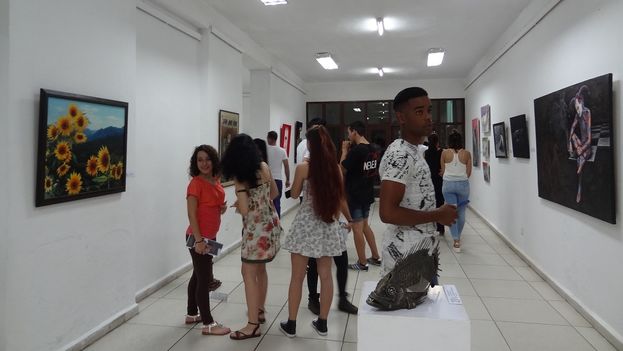
![]() 14ymedio, Sol Garcia Basulto, Camaguey, 17 February 2017 – With a predominance of mixed techniques and recycled materials, Camaguey artists hide the shortage of raw materials in the City Salon show. The art show opened on 2 February and will run until the first days of March in the Provincial Fine Arts Center.
14ymedio, Sol Garcia Basulto, Camaguey, 17 February 2017 – With a predominance of mixed techniques and recycled materials, Camaguey artists hide the shortage of raw materials in the City Salon show. The art show opened on 2 February and will run until the first days of March in the Provincial Fine Arts Center.
